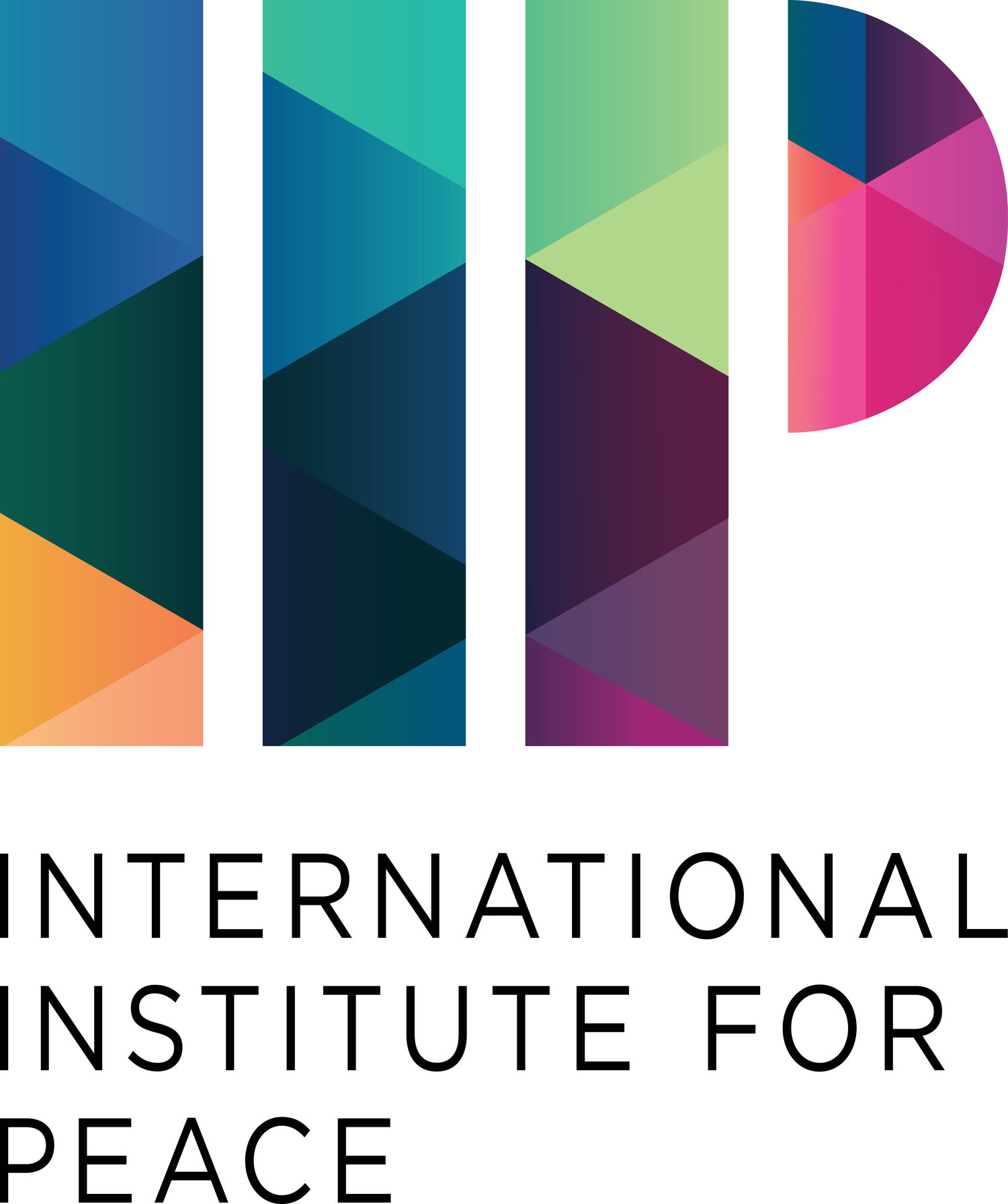![Neutrality as a Model for the New Eastern Europe]()
Under some circumstances, the concept of neutrality could serve as a model for Central and Eastern European states. During the Cold War, neutral states managed to stay out of the spheres of influence created by the two military superpowers. There have been suggestions to create a “neutral belt” in the new Eastern Europe that has emerged between the EU/NATO and Russia. Neutrality could be a sustainable conceptual option also for the future. As a diplomatic solution, the Austrian model could be an interesting alternative for Ukraine. In its neutrality law of 1955, Austria agreed not to join a military alliance and not to allow any foreign military bases on its territory. Austria quickly adopted Western values and started a process of integration in the market economy, which eventually led to its accession to the European Union in the 1990s. This development was accepted by the Soviet Union, mainly because Austria did not become a member of NATO. A guarantee that Ukraine will not join a military alliance based on international law might be acceptable for Russia and Ukraine and its neighbors. In addition to affirming Austrian neutrality, the Austrian State Treaty also guaranteed that Austria would not join a new union with Germany (Anschluss), as had happened in 1938. Such a prohibition for Ukraine or parts of it, together with neutrality, could guarantee the unity of Ukraine if subsequently no foreign troops or militias would be deployed or active on Ukrainian soil. The same model of neutrality could be an interesting solution for Georgia. It could result in the withdrawal of all Russian troops from Georgia, including the provinces of South Ossetia and Abkhazia, which declared independence from Georgia. Moldova, which declared itself neutral in its constitution, could also consider a neutral status based on international law.










